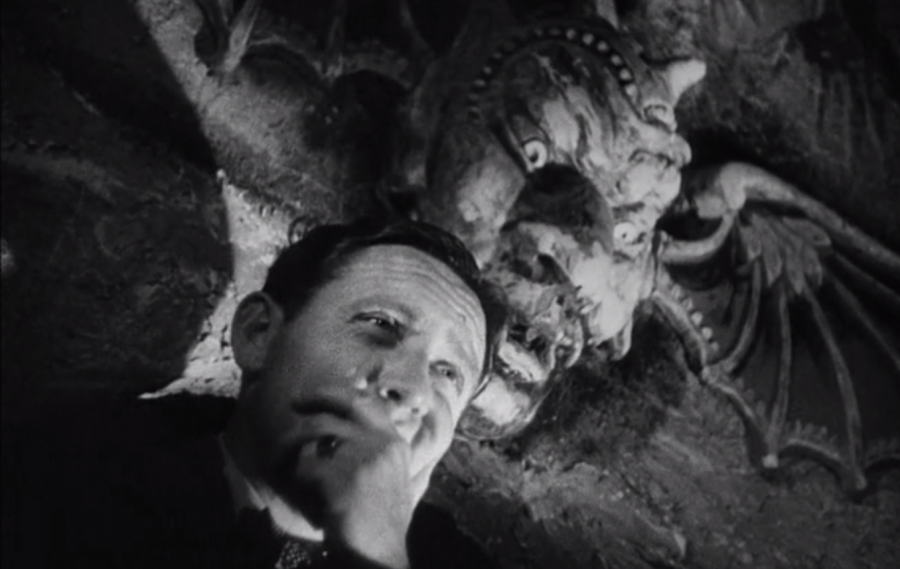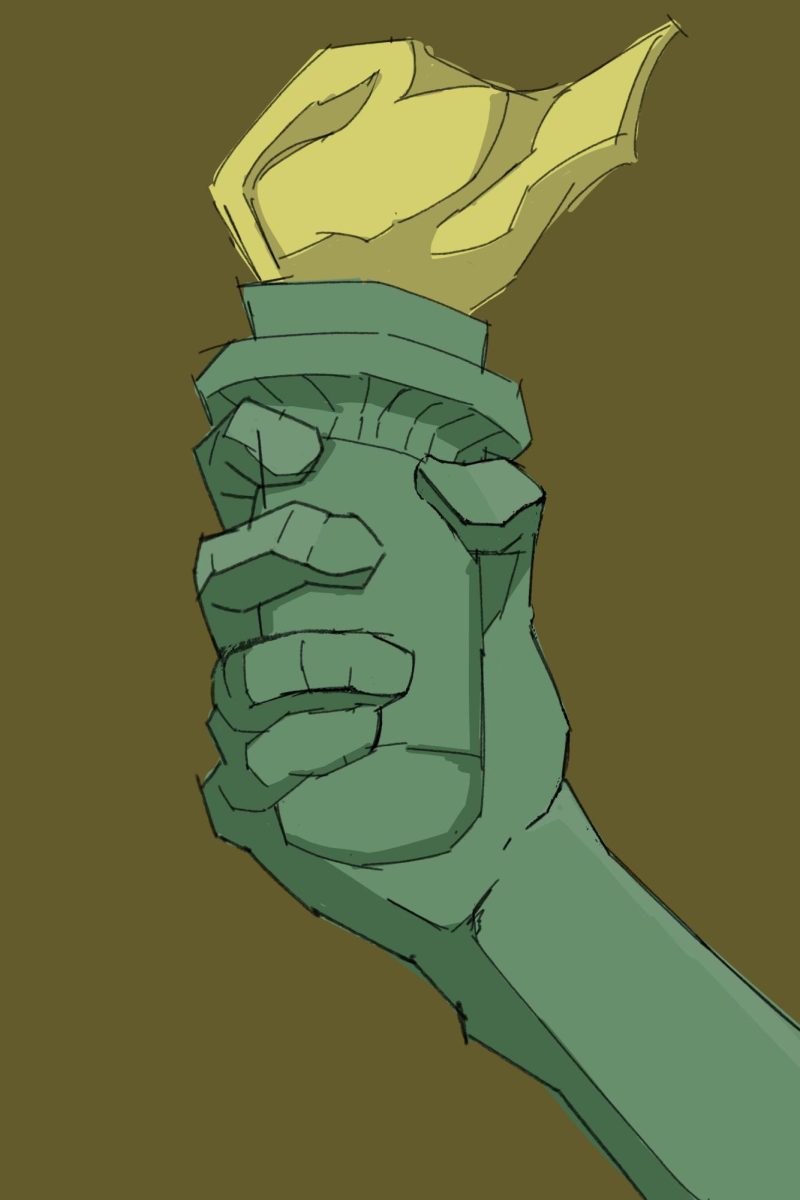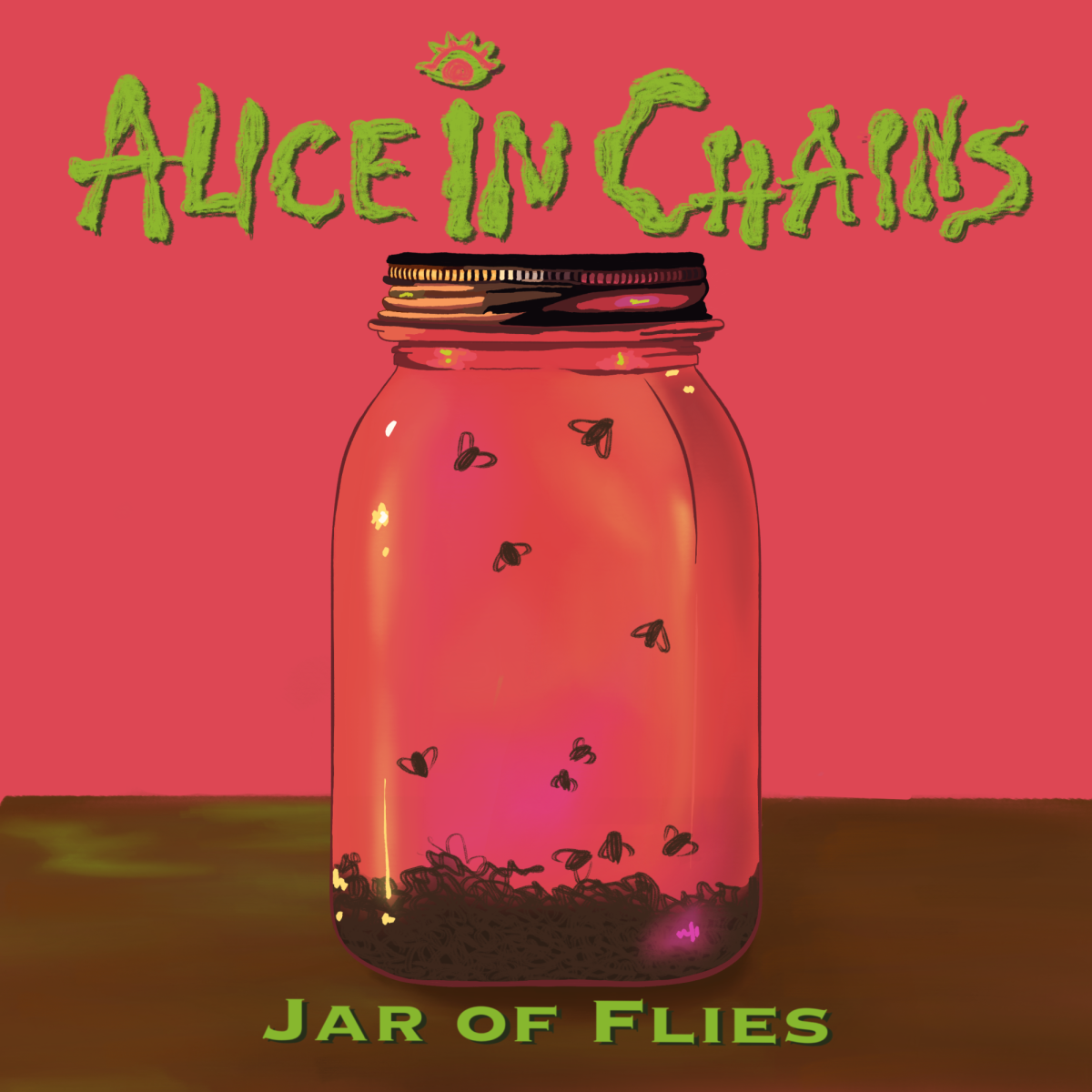I am fascinated by the weird, the old, and especially the weird and the old. It is often hard to think of the old as weird, at least when the artifacts of the old are still prominent today, because its weirdness has become normalized through its very prominence. But the forgotten old is still fair game for weirdness. And since movies don’t take that much time to watch, this column will focus on forgotten old movies (ideally, weird ones).
There are a couple reasons, dear reader, that you do not remember the 1935 adaptation of Dante, Dante’s Inferno, directed by Harry Lachman. The first reason is that it is old. The second reason is that it is not very good.
Calling the movie an “adaptation” is a stretch. The movie is primarily about Jim Carter (Spencer Tracy), who comes to run a carnival attraction based on the Inferno. Sometimes characters will remind each other that this movie is ostensibly about Dante, but most of the time no one seems very concerned.
The movie does not do much with its rich, post-modern premise. Carter’s story is quite simple. After falling on hard times, he is graciously helped by avid Dante fan Pop McWade (Henry B. Walthall) and ends up working for him at the carnival. Carter marries Pop’s niece, Betty (Claire Trevor), and the two have a baby whose miserable expression can only be matched by the audience’s. As Carter works his way up, he becomes overwhelmed by greed, and this leads to serious consequences. Ultimately, we all learn a valuable lesson about what’s really important: family.
Why, then, is Dante dragged into all this? Ten minutes. Dante’s Inferno features ten minutes of Dante’s Inferno. But they are a striking ten minutes.
Much has been made by critics of Lachman’s past as an impressionist painter. Indeed, these ten wordless minutes of Dante’s Inferno are comprised by a series of tableaux vivants. Inspired by Gustave Doré’s illustrations of Dante, these shots feature numerous nude bodies writhing in agony as they are subjected to the various punishments of hell. It is an inspired sequence, although it borrows a couple shots from an earlier 1924 adaptation.
As if these ten minutes were accidentally spliced in from a different, better film, the corporate plot immediately resumes, plodding along to its predictable conclusion. Critics praised Tracy’s acting, presumably because they were under the impression that the movie was meant to be a comedy, and moved on.
The lesson to be learned here is not that fewer movies should be made about carnival rides based on Dante’s Inferno. It is my firm stance that more movies should be made about carnival rides based on Dante’s Inferno—just, hopefully, better ones.


















